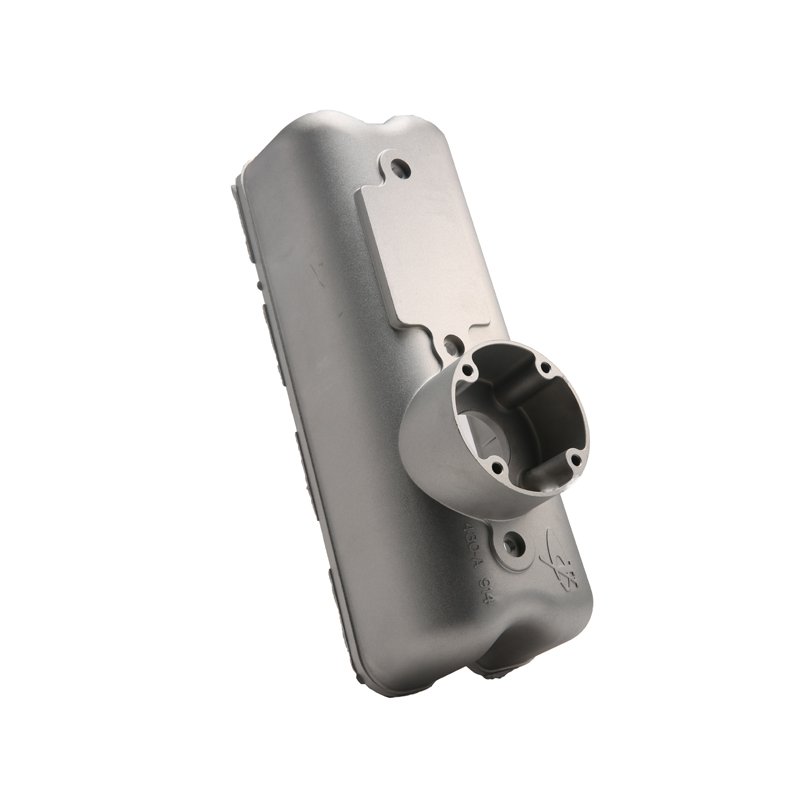outdoor surveillance systems - outdoor camera housing with heater and blower
by:Hanway
2019-09-05

When considering the installation of an outdoor monitoring system, when obtaining an outdoor monitoring system, the location of the camera and the type of housing are mainly considered.
Depending on the requirements of the system, one system may better meet the needs of a specific application than the other.
Wired, wireless, current carrier, and wireless IP are all the possibilities for an outdoor camera system.
The variable is the availability of the power supply and the location of the camera.
The position of the camera may depend on the position of the power supply.
Wireless, wireless IP, and operator current cameras meet outdoor needs.
When the camera with the power cord is installed on the sofa or on the exterior wall, it is easy to see the wire inserted into the socket.
When this happens, A will be vandalized with the option to unplug the camera.
The idea of wireless or wireless IP is best to protect the building, provided the camera has a power supply.
Usually the USB or SD card recording device used indoors is not very well accommodated outdoors.
Wireless and wireless IP cameras provide power through carrier current and require electrical connection.
Where connected to an electrical system or power outlet.
Many families have outlets near the front and back doors, providing convenient electrical connections.
This will provide an opportunity for operator current and wireless cameras to be placed in Labor plants or other houses in the area.
All types of camera systems need to power the camera, the only difference is that for hard-wired systems, the power supply and transmission cables are located inside the attic or the walls of the home, making it impossible for a to disconnect the power supply.
The exposed wires are easily identified unless they are disguised in the housing that is expected to be in the position of the camera.
For example, the plant arrangement at the front or back doors is expected to be there.
The problem with this type of system is that the viewing area of the camera is limited.
Another possibility for an external camera is the use of batteries, battery packs, or solar cells.
Both options have their advantages and disadvantages.
When the power supply is a battery, replacing the battery will grow old quickly.
When the sun is not bright, there is no electricity on the solar camera.
When the sun goes down, the solar cells can be connected to the battery pack to provide power.
This is a great choice when the sun shines so big that the battery is able to power the camera at night.
The WeatherExterior camera is designed for different temperatures and positions.
In order to prevent exposure to the wet environment, the outdoor camera is sealed inside the shell.
A sealed camera will not yield to elements of rain and outdoors.
Some cameras are even equipped with heaters or coolers to keep the camera in a certain temperature range.
Cheap cameras placed under the roof of a house or business can prevent rain and snow.
The eaves will make it easy to run wires for signal transmission and/or camera power supply.
The eaves are a great place to place the camera and see the entire side of the House that protects all openings.
The external camera can also work externally or internally.
The internal camera only works inside.
When exposed to elements outside, the internal camera placed outside will not be put on hold, wasting money on the camera.
Custom message








